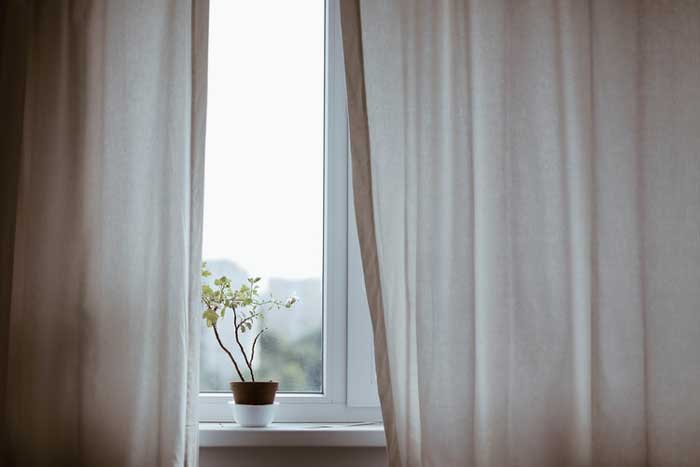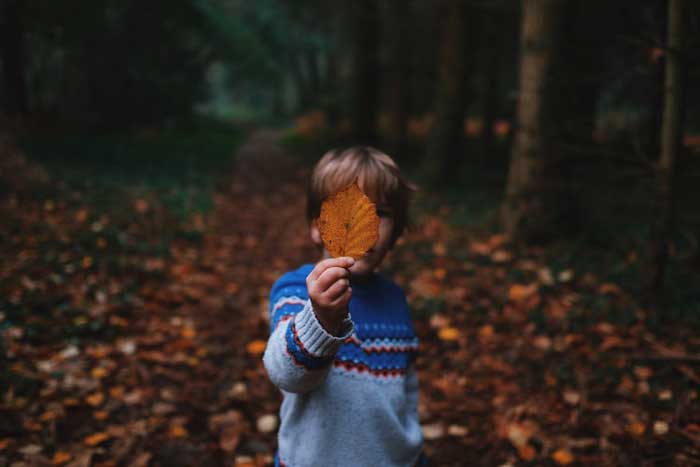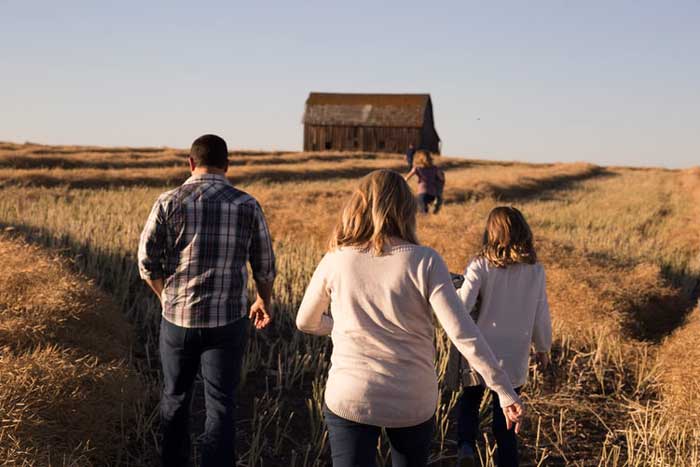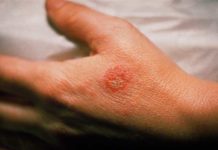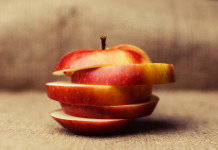Fall has its undoubted beauty and its amusements, but it also brings insidious health risks, especially for babies and toddlers who are more susceptible to the cold that sets in after summer. Parents may be well-advised to be proactive and, armed with special health tips, prepare the little one against the oncoming chills. In this article you will be able to find some suggestions on how to stay warm, healthy and light-hearted throwing undue worry to the winds.
Don’t allow the kid(s) to play with leaves long
As fall is approaching, there are more and more leaves on the ground until they form colorful heaps that attract attention. Little children can gather them or jump on them to produce a lovely crisp sound. Yet there is risk involved in more than one way:
Getting scratched, getting the skin torn. There may be broken sticks and sharp-edged rocks under the heap – the kid may hurt his or her fingers, or trip and fall over. What’s worse, if the heap has been there long enough, it may house spiders, bugs, other unpleasant small living things.
Being exposed to mold. Leaves begin to rot and collect mold as well as different bacteria. It may be that the kid is allergic to mold and there will be a reaction – especially bad if the kid has asthma.
Being exposed to parasites. Together with leaves many parasites that live in trees come down too, so holding or gathering leaves is very likely to lead to contacting parasites. Leaf heaps that are close to wild life – great parks, forests – provide a higher exposure risk.
What proactive measures can be taken:
Don’t let the little one stay too long near leaf heaps. With allergic or asthmatic children, make them wear a respirator mask around leaves and shrubbery.
Make a point of taking away leaf heaps right after you have raked them up.
Air your house but don’t let the warmth escape
Your home remains warm in spite of cold creeping in, but it is becoming different when the night falls. You may not have noticed it at first, but at night the temperature drops down, making it essential for you to see the house remains warm enough. If you allow the cold to get in, a chilly home can do some harm, like –
Developing colds
You can catch a cold any time of the year, but young ones often do it in fall so that with some people colds are known as “back-to-school plague.” Giving the kids a flu shot would also be a good idea.
Getting a strep throat
When your school kid complains of a sore throat, headaches or stomachaches, it might be indicative of a strep throat. In worst cases the child can get feverish and throw up. The condition reacts to treatment, but if not treated timely, might be fraught with complications.
Developing croup
Should your kid contract croup, you will know about it when they burst into coughing. Also, it can be accompanied by a whistle-like noise when breathing. Cold air, especially dry, may go to aggravate the condition, which is more likely to occur in fall or winter.
Proactive measures to be taken:
Give your heating, including vents and ducts, a thorough check. Bring in an expert, run tests with a special attention to carbon monoxide levels which could be insidious.
See if your smoke detectors need have batteries replaced. Check your fire extinguishers for replacement as well. In a nutshell, go through your fire safety to ensure it will work.
You may want to invest in a programmable thermostat that will enable you to remain warm without overpaying.
Regularly open the window to let some fresh air in for a few minutes, ideally while your kid is in
Air the rooms regularly by opening the windows for a short while when the child is not in – fresh air will also work against seasonal diseases.
Prepare your kid for learning
While school is looked upon as the place to learn at, there are things to be learned about school, too. So many fine points about proper behavior in the classroom, outside the classroom, what had better be avoided and what must be accepted – far better to learn all this at home well in advance.
Proactive measures to be taken:
Lunch poses a few problems. Foods that can go bad ought to be stored in a cold place. Eating their lunch and observe certain safety rules – it all also requires some teaching.
Discuss safety issues on board a school bus.
There may be dangers lurking in the playground during and in-between classes which need to be addressed.
The child must remember to wash hands before opening their lunch box and afterwards.
The kid ought to be aware that rubbing their face might mean health risk.
Allergy risks must be forestalled
The change of the seasons brings on fresh allergy threats. Fall issues often include watering in the eyes, itching or a runny nose. There are reasons for that:
- The weather getting chillier means some plants begin to release their pollen;
- One of frequent allergies is an allergy to ragweed – its pollen is mostly floating around in fall;
- If you omit to air the rooms, dust and mold begin to accumulate.
Proactive measures to be taken:
Make a point of airing the rooms on a regular basis, preferably in the morning, because then the air contains fewer allergens.
Get the information about the pollen level in the neighborhood; when the level gets high, don’t let the children spend much time outside.
See that in the yards there are no allergenic dangers.
Your laundry, when hung outside for drying, is apt to attract pollen, and if it can cause allergic reactions, try to avoid it.
You may need a dehumidifier to control moisture levels to stay between 35% and 45%.
Healthy habits to be introduced for the whole family
As fall progresses, more time will be spent indoors; kids are certain to need more indoor activities. Think of new family activities to engage them into, new skills to be learned, while they will be warm and out of possible fall health threats.
The kids can be taught to look after the house, the house plants, knit, make small adornments – any useful activity will do.
See to it that the kids don’t spend much time in front of TV and with their phones, even more so that they don’t munch mindlessly along.
Arrange a grand family meal once a week for which everyone will be preparing (including special kitchen decorations).
Sit down at meals together as often as you can. Encourage talking over family plans during meals – you will get to know your kid(s)’ preferences and set up customary activities.
Opt for healthy eating
Foods that are in season are fresh and nutritious, they strengthen the immune system. Here are some foods that come in useful and tasty in fall.
First of all, undoubtedly, apples, providing fiber and vitamin C in ample quantities. An apple is usually worth something like 90 calories.
Cranberries make enjoyable food due to their special taste; they are also an excellent source of fiber and vitamin C.
Bell peppers, fall’s prime vegetables, are easily found at farmers’ fairs and markets. Better look for capsaicin-free peppers that will not be very hot. One bell pepper provides a daily input of vitamin A and three ones of vitamin C.
Brussels sprouts will enrich any salad with omega-3 fatty acids, vitamin C, potassium, and iron. They are colorful and nice to look at.
You can do many delicious dishes with sweet potatoes and feed your children well with vitamins A and B6 as well as with potassium.
Don’t omit treating your family to pumpkins, which are perfect for meals and decorations alike. Considering their beta-carotene content, pumpkins are good for eyes and nerves; they are conducive to the proper functioning of different muscles.


